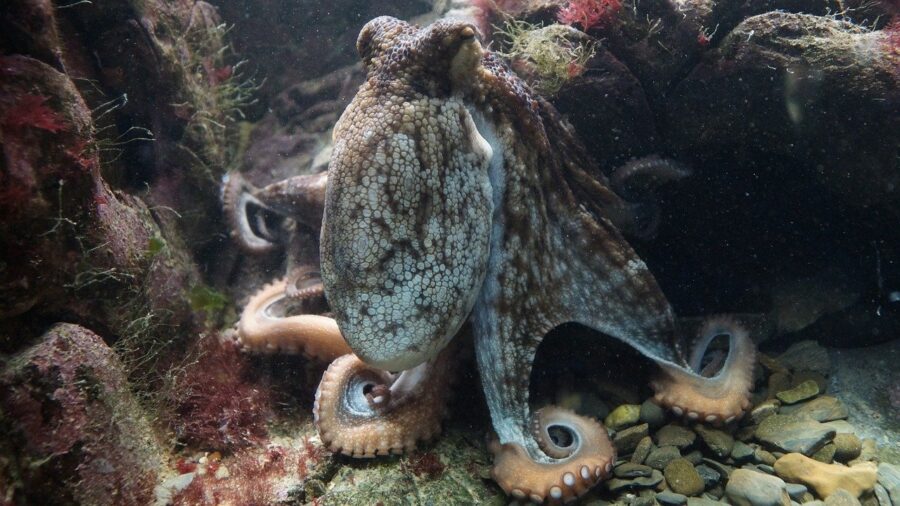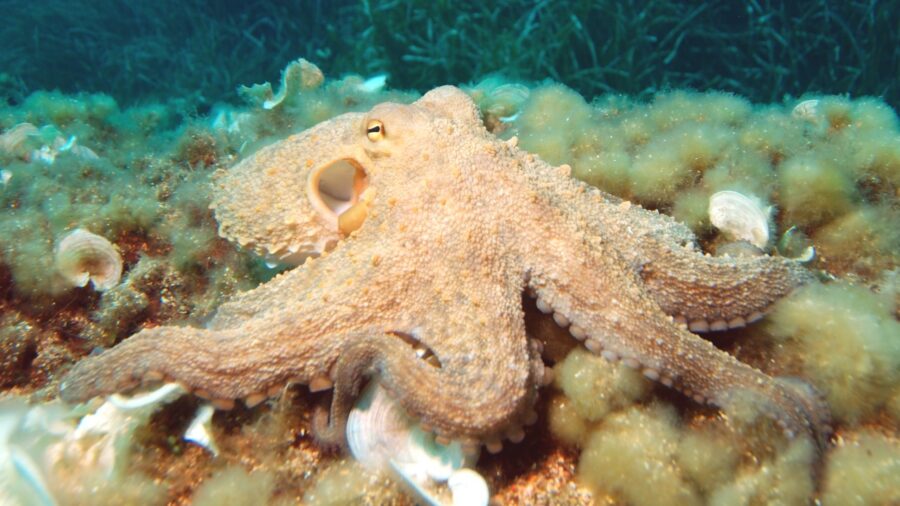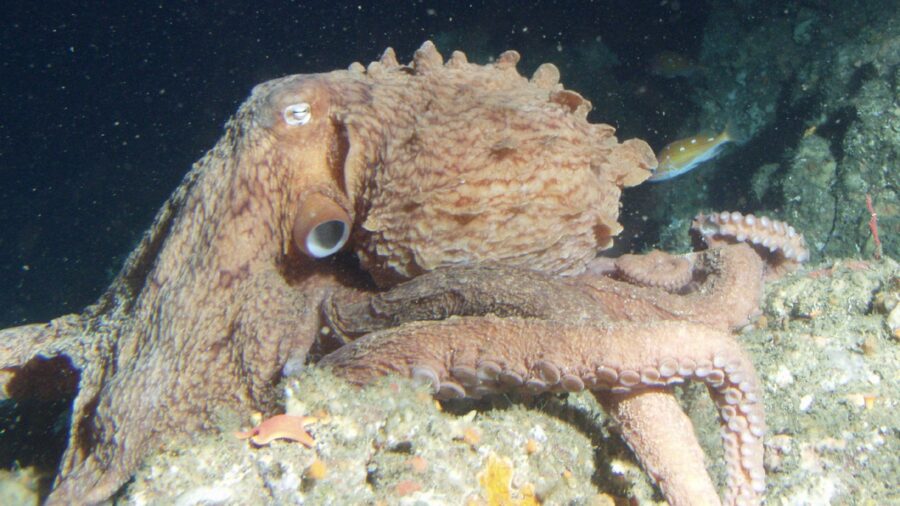Rare Octopus Nursery Discovered In The Deep Sea

A rare octopus nursery has been discovered deep within the reaches of the sea off the coast of Costa Rica. This is incredibly fascinating in marine biology as there are virtually no large breeding grounds for the creatures known to be active, with this discovery bringing the grand total to three known locations worldwide, according to Science Alert.
Additionally, divers spotted a nearby nursery which was previously discovered and found to be inactive, with the cephalopods using it once more.
A new octopus nursery near Costa Rica is only the third known to exist in the world.
18 international scientists who ventured out to sea aboard the Schmidt Institute’s Falkor research ship were able to locate and witness the octopus nursery using underwater cameras on a remote-operated diving vessel, with videos of the babies hatching available to view now on YouTube.
Scientists suggest these nurseries are so secure and secluded from known octopus predators that the tentacle-clad creatures may have spawned a brand new species in there.
The new species, which may have been bread within the octopus nursery, appears to be part of the Muusocotpus genus, which lacks ink sacs and thrive in colder climates, according to deep sea researchers from the Schmidt Institute.

The unnamed nursery, which was discovered off the coast of Costa Rica nearly 3,000 meters beneath the surface of the ocean, is flanked by a number of low-temperature hydrothermal vents which generally clock in at about 44 degrees Fahrenheit, making the spawn zone perfect for creatures with these niche environmental requirements.
Due to the worldwide shortage of known octopus nursery locations, brooding octopus behavior is often not well understood. This is particularly due to the difficult-to-reach nature of the brooding zones, which require low-temp vent sites that aren’t suitable for human exploration.
Octopus behavior remains a mystery to scientists due to the depths that they prefer remaining outside the reach of divers.
With recent tales of Orcas assaulting boating vessels off the coast of Spain, perhaps it’s time for human beings to consider that we are the very predators these animals seek to hide from.
Regardless, the new nursery location was discovered using a remote-controlled submersible called the ROV SuBastian, allowing video footage to be captured and uploaded to the internet for scientists and sea-life enthusiasts the world over to take a peek.
Seamounts And Why They Are Important
Previous discoveries of octopus nurseries have caused a similar stir, given their intense rarity, with the 2018 discovery of the Davidson Seamount nursery serving as the largest of its kind ever seen by human beings.
Seamounts often serve as incredible showcases of marine life, with shallow areas surrounded by wide slopes protruding from the ocean floor that can allow entire undersea communities to form in a microcosm of the larger ocean environment.

The octopus nursery was discovered as the Schmidt Institute researchers continued an expedition of several previously unknown Costa Rican seamounts, searching for just such a discovery.
The expedition proved to be a rousing success, with several species of unknown or little-known origin appearing in the plains between the seamounts’ so-called underwater mountain ranges. In addition to discovering the octopus nursery, bizarre tripod fish have been spotted at a depth of 3026 meters, with images of the odd creatures flooding the internet and social media.
With the world’s vast oceans remaining largely unexplored, there’s no telling what treasure troves of discovery await.












